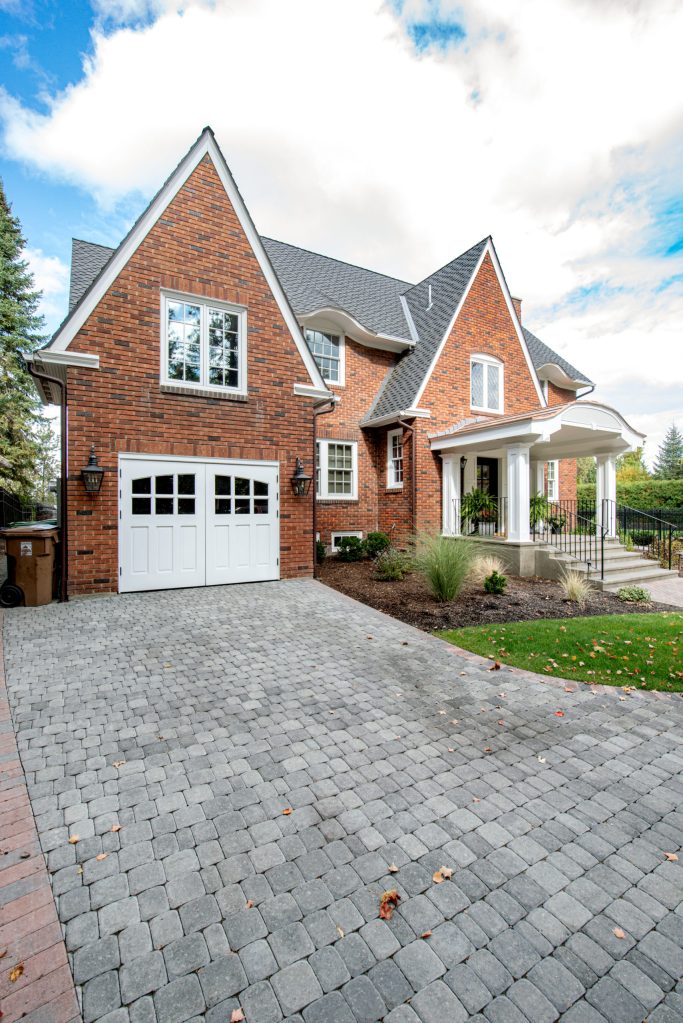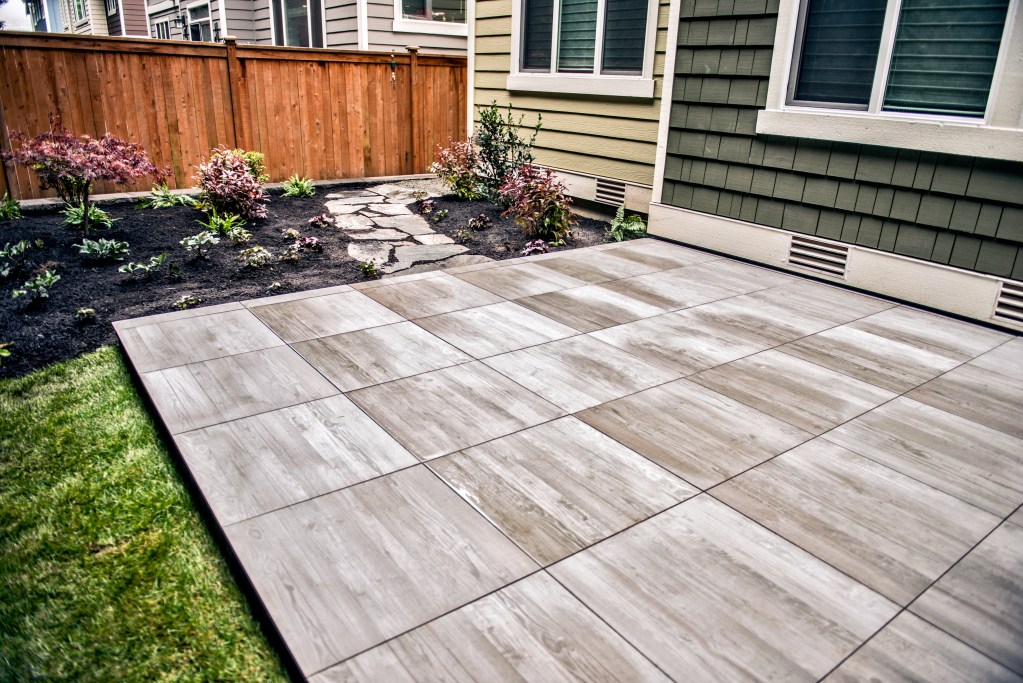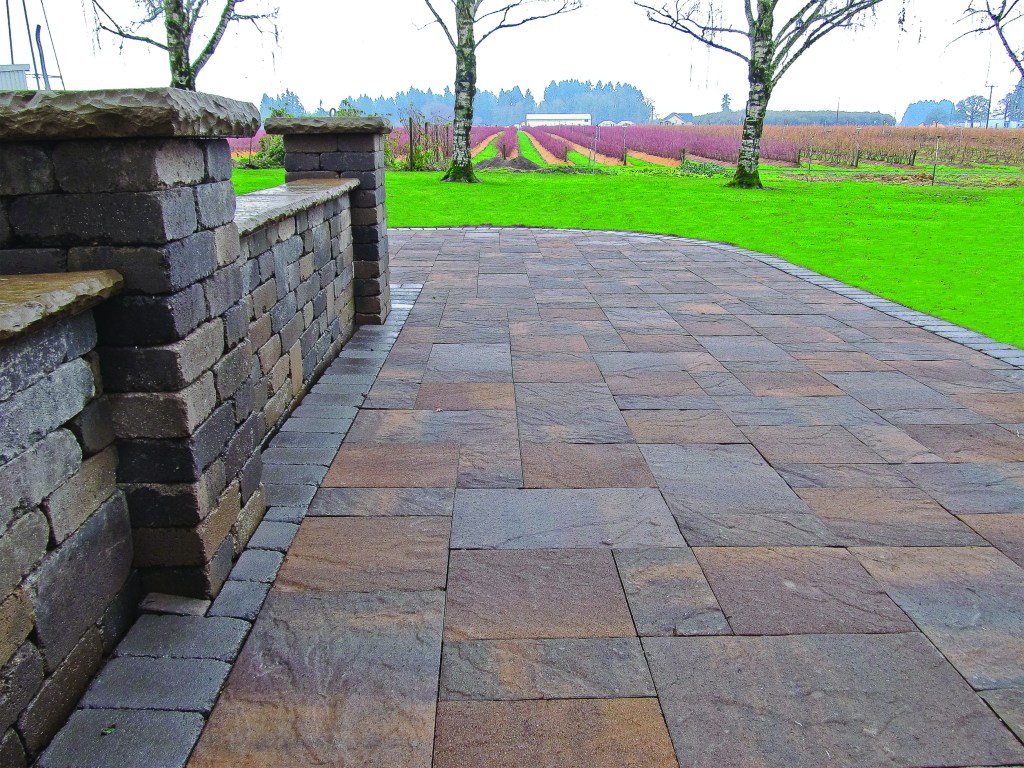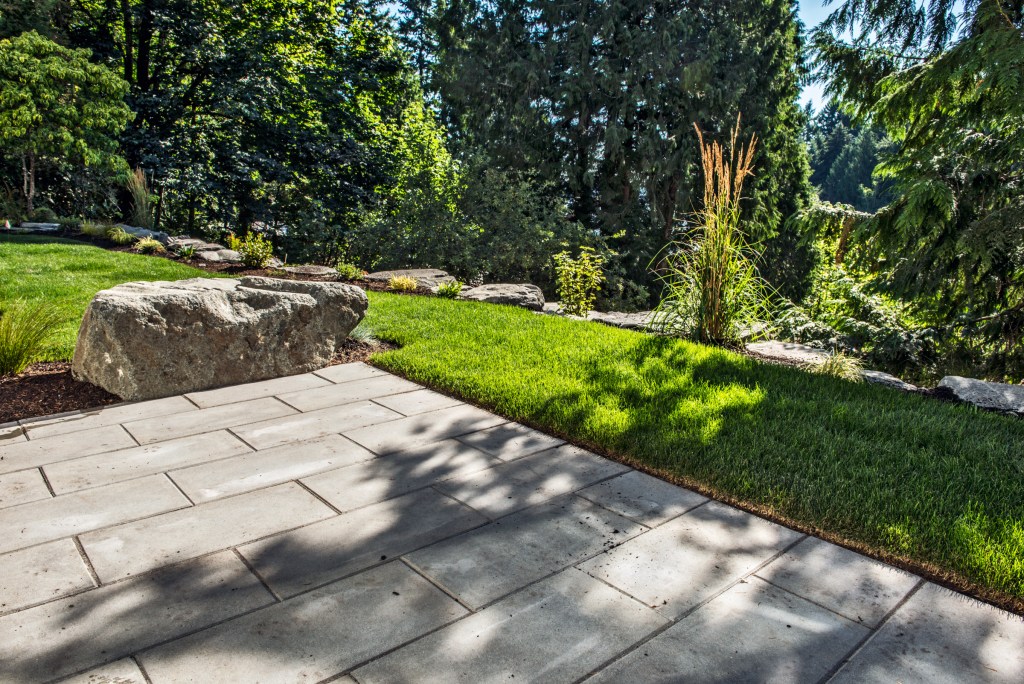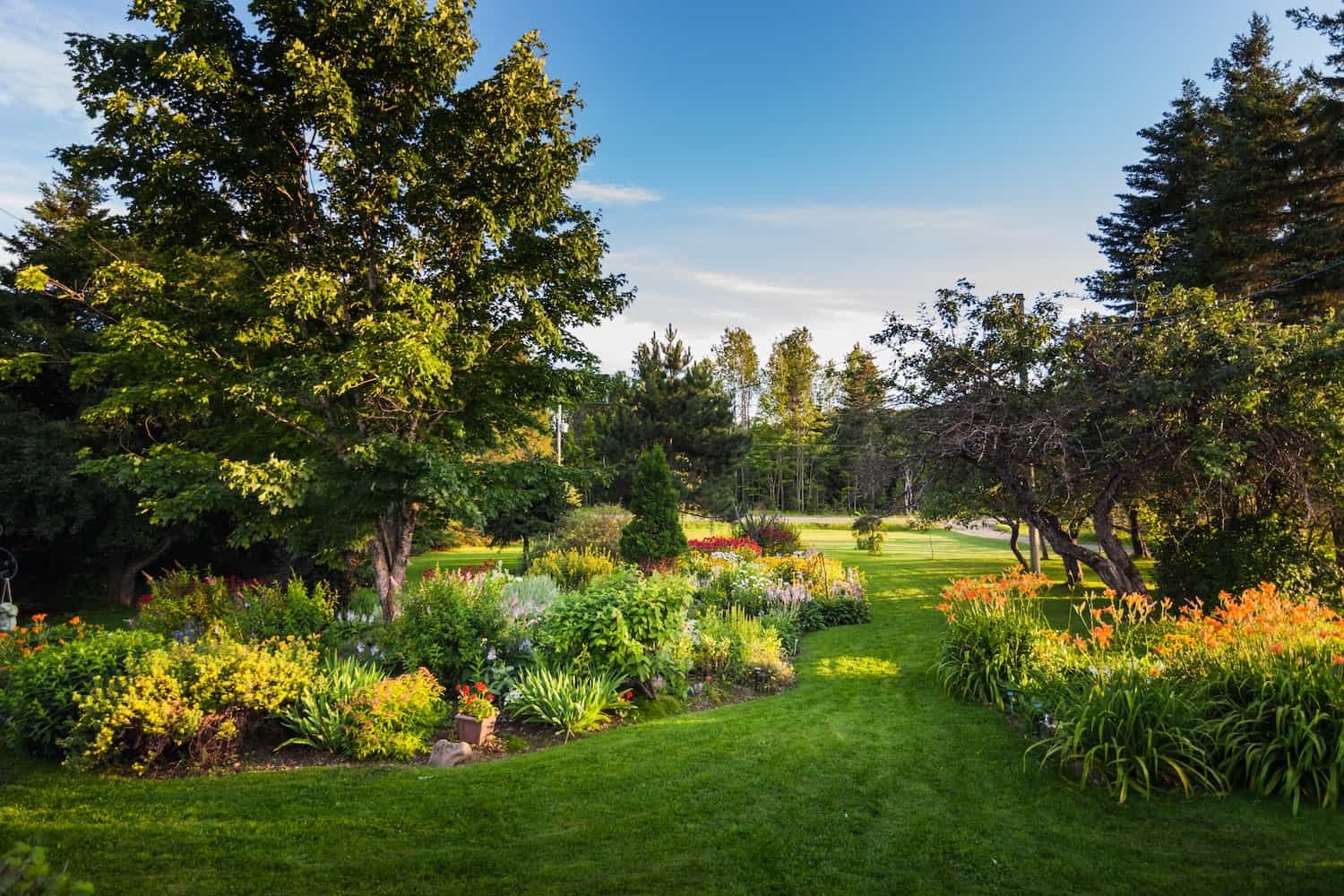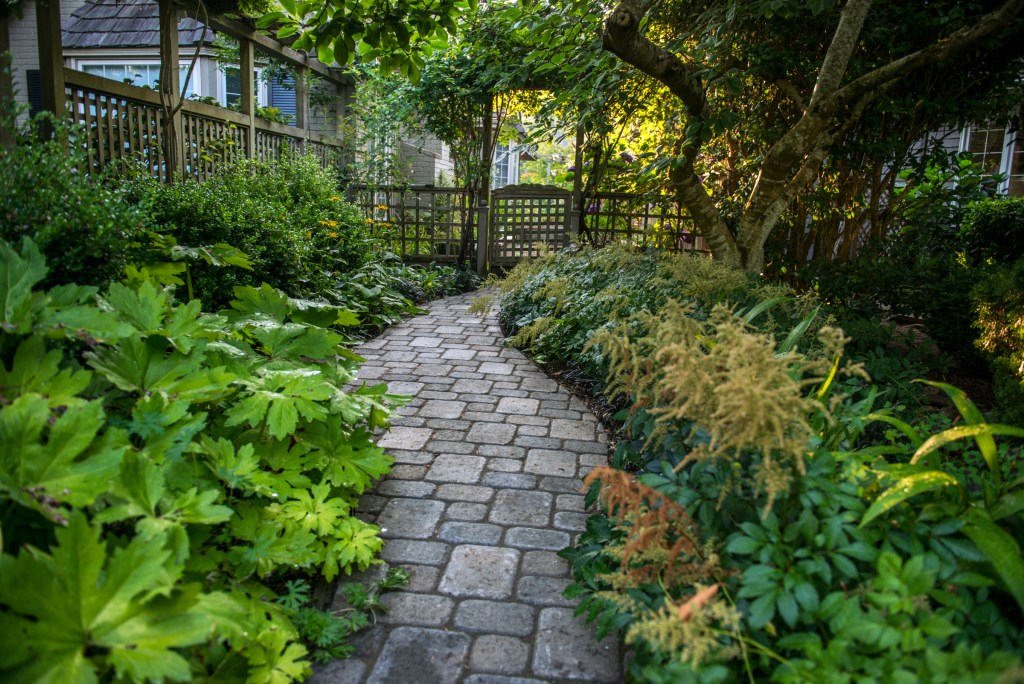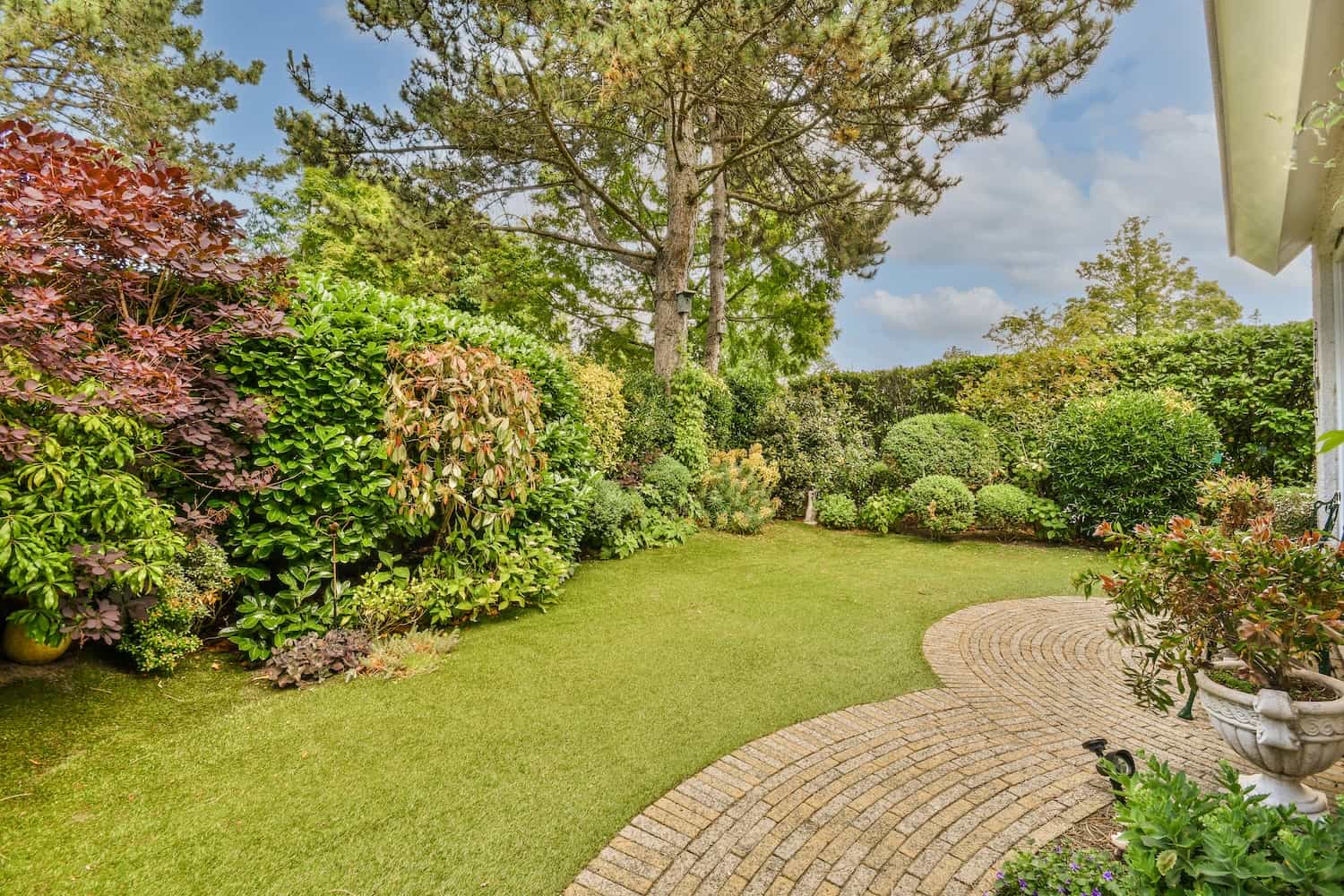Native Plants and Xeriscaping for Water Conservation
Native Plants:
Native plants are species that naturally grow in your region and are perfectly suited to the local climate, soil, and wildlife. These plants have evolved to thrive in their environment, making them less dependent on additional water, fertilizers, or pesticides.
Benefits:
- Water Conservation: Native plants require less water because they are adapted to the local rainfall patterns.
- Wildlife Support: These plants provide habitat and food for local wildlife, including pollinators like bees and butterflies, which play a crucial role in your ecosystem.
- Reduced Maintenance: Since native plants are well-suited to the local conditions, they need less care in terms of watering, pruning, and pest control.
Xeriscaping:
Xeriscaping is a landscaping method that emphasizes the use of drought-resistant plants and sustainable practices to minimize water consumption. This approach is particularly valuable in areas with limited water resources.
Key Principles:
- Group Plants by Water Needs: Grouping plants with similar water requirements together allows for efficient irrigation and reduces water wastage.
- Use Mulch: Mulch helps retain moisture in the soil, reduces evaporation, and suppresses weeds.
- Efficient Garden Layout: Plan your garden to reduce water loss, utilizing slopes or contours to direct water where it’s needed most and minimize runoff.
Rain Gardens, Bioswales, and Other Drainage Solutions
Rain Gardens:
Rain gardens are shallow depressions designed to capture and absorb rainwater runoff. These gardens are typically planted with native plants that thrive in both wet and dry conditions, making them excellent for managing excess water.
Design Tips:
- Plant Selection: Choose plants that can tolerate both wet and dry conditions to ensure the garden remains vibrant and functional in varying weather.
- Effective Positioning: Position your rain garden in an area where water naturally collects, such as near downspouts, driveways, or patios, to maximize its effectiveness.
- Pollution Filtration: Rain gardens also filter pollutants like oil and debris from rainwater, helping to protect local water quality.
Bioswales:
Bioswales are landscape features designed to manage stormwater runoff. These are often long, shallow channels filled with grasses, shrubs, and other plants that slow down the flow of water, allowing it to soak into the ground.
Benefits:
- Water Flow Control: Bioswales help slow and absorb water, reducing erosion and flooding.
- Pollutant Filtering: As water passes through the bioswale, plants help filter out contaminants, improving water quality in nearby rivers or streams.
Other Drainage Solutions:
Consider incorporating permeable pavers in walkways, patios, or driveways. These allow water to flow through and into the ground, reducing surface runoff and promoting groundwater recharge.
Reducing Lawn Areas and Sustainable Alternatives
Traditional lawns are resource-intensive, requiring large amounts of water, fertilizer, and frequent mowing. Reducing the size of your lawn can help conserve water and reduce your environmental footprint.
Sustainable Alternatives:
- Ground Covers: Plants like clover, creeping thyme, or moss can act as ground covers, offering a low-maintenance, attractive alternative to traditional lawns. These plants require minimal water and do not need regular mowing.
- Meadow Gardens: A wildflower meadow is an ideal replacement for a lawn. It requires less upkeep and supports biodiversity by attracting pollinators, birds, and beneficial insects.
- Hardscaping: Using stones, gravel, wood chips, or bricks to create paths, patios, or seating areas reduces lawn space and requires little to no maintenance.
Summary Notes
- Native plants and xeriscaping help conserve water, support local wildlife, and reduce the need for chemical inputs.
- Rain gardens and bioswales are effective solutions for managing water runoff and improving drainage in your landscape.
- Reducing lawn areas and exploring sustainable alternatives like ground covers, meadow gardens, and hardscaping can conserve resources and boost biodiversity.
Key Definitions
- Native Plants: Plants that are naturally adapted to the local environment and require less maintenance, water, and fertilizers.
- Xeriscaping: A landscaping approach that uses drought-tolerant plants and water-efficient practices to minimize water usage.
- Rain Garden: A shallow depression planted with native plants designed to collect and absorb rainwater runoff.
- Bioswales: Landscape elements that manage water runoff by slowing it down and filtering contaminants through plants.
- Ground Cover: Plants like clover or creeping thyme that cover the ground and reduce the need for mowing and watering.
Examples
- Native Plants: Planting lavender or coneflowers in your garden that thrive in your local climate can add beauty while supporting local ecosystems.
- Rain Garden: Designing a small garden near your roof downspouts that collects rainwater, using plants that can thrive in both wet and dry conditions.
- Ground Cover: Replacing a traditional lawn with low-maintenance plants like creeping thyme or clover to create a visually appealing and water-efficient landscape.
Lee’s Landscape, Hardscape, Softscape Design Series:
- I. Introduction to Landscape Design
- II. Planning and Assessing Your Space
- III. Defining Your Landscape Goals
- IV. Principles of Landscape Design
- V. Hardscape Design Elements
- VI. Softscape Design Elements
- VII. Water Features and Ponds
- VIII. Outdoor Lighting
- IX. Designing for Outdoor Living
- X. Sustainable and Eco-Friendly Landscaping
- XI. Garden Structures and Accessories
- XII. Climate-Responsive Landscaping
- XIII. Irrigation and Drainage Solutions
- XIV. Landscape Maintenance and Care
- XV. DIY vs. Hiring a Professional





